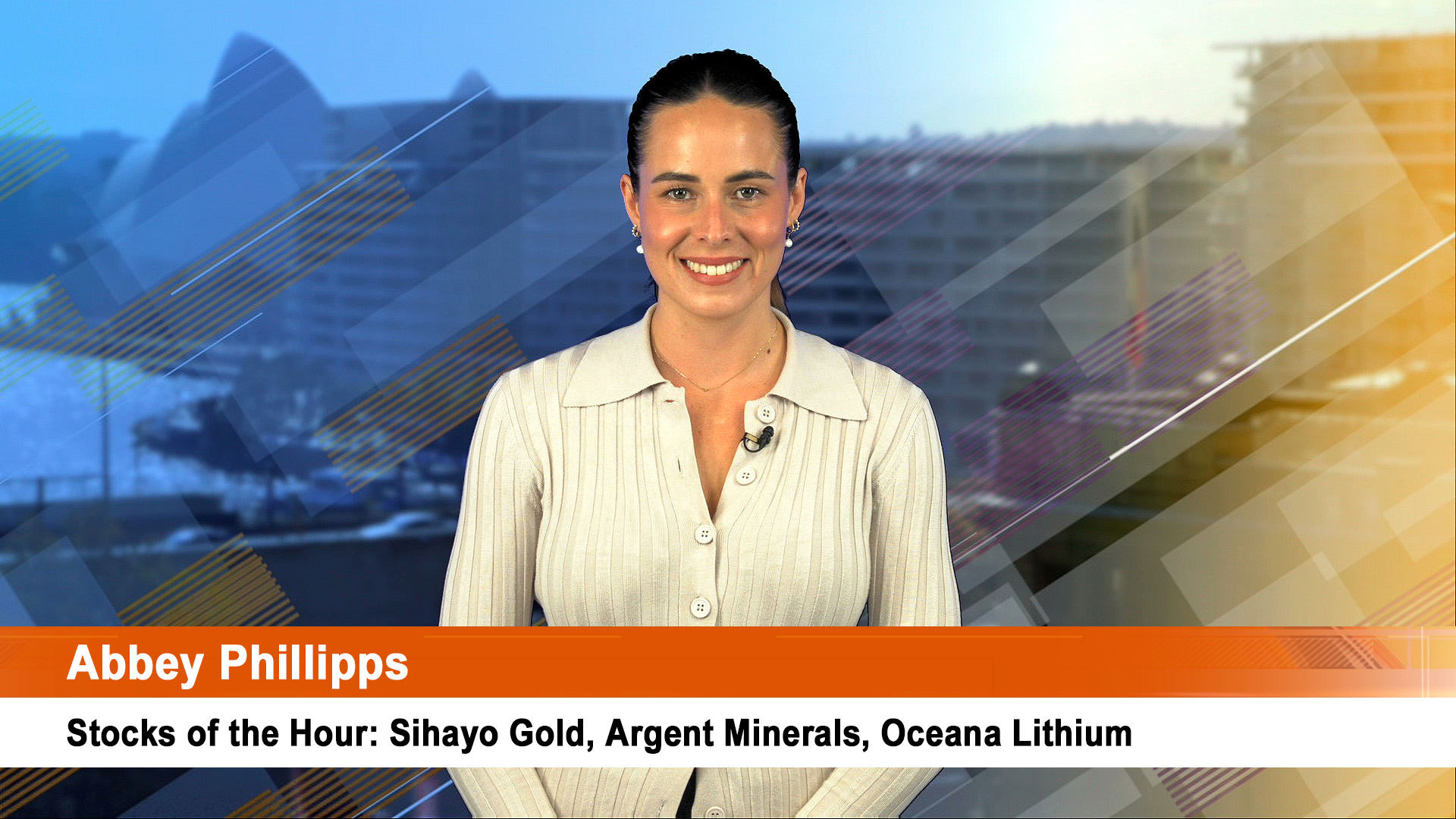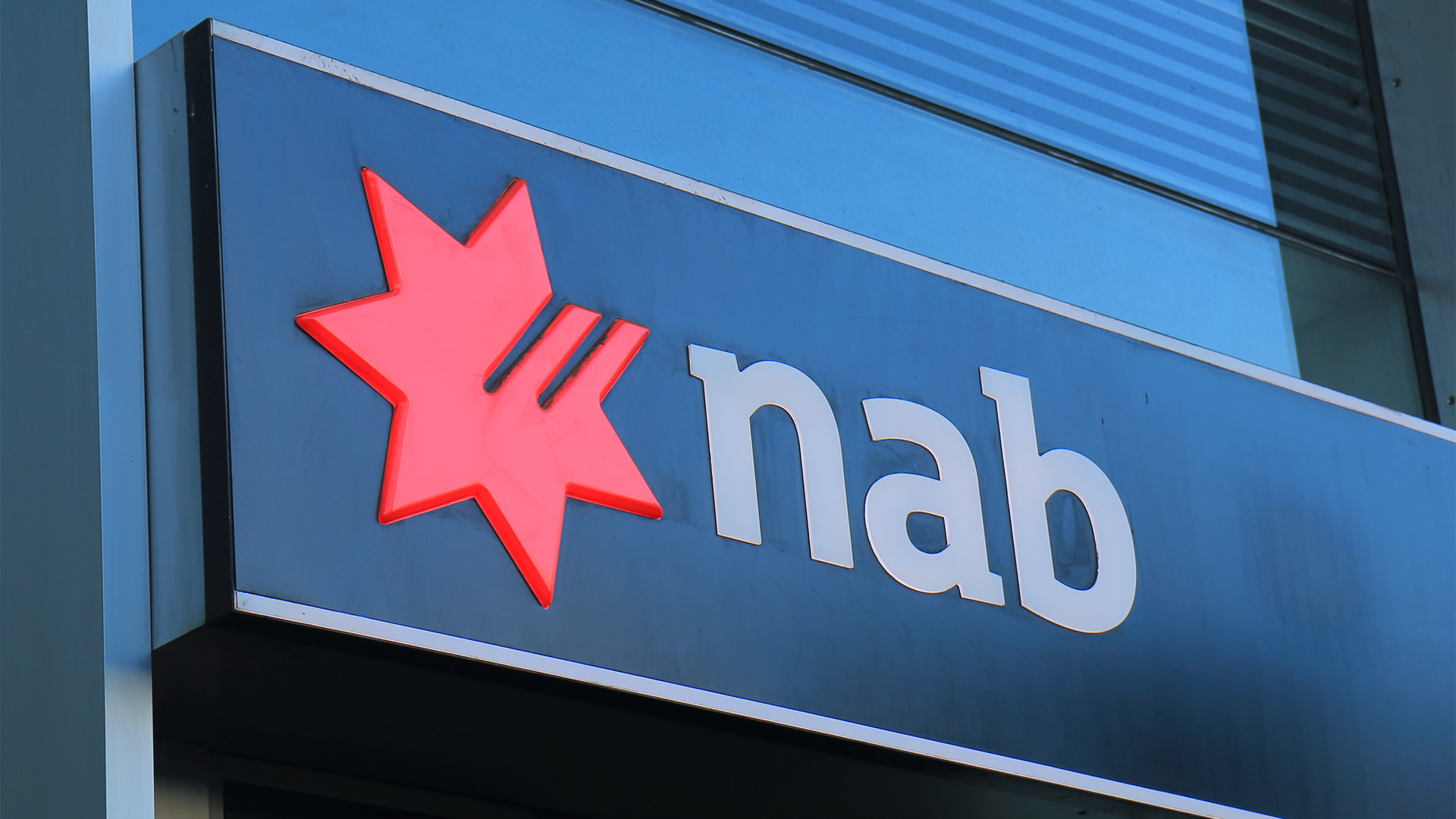This week we have seen the importance of confidence underlined as a very important (but hard to achieve) part of economic policy.
In fact confidence is much easier to lose than to retain; you only have to look at Japan, the US and UK and much of Europe to see the lack of confidence markets and investors (and hundreds of millions of voters) have in their governments’ economic management.
In Australia, despite the phony campaigns on budget deficits and government debt, confidence remains high among companies and consumers.
In fact both are at or near highs not seen for five to seven years.
This is reflecting the improvement in the economy, demand for goods and services, rising share and house prices and falling unemployment.
The reports on business from the NAB, and from Westpac and the Melbourne Institute on consumer confidence were all extremely solid.
The NAB’s survey of business conditions was probably the more important, showing demand and activity remains strong, even if there seems to have been a small dip in January and February.

As well we saw a strong show of confidence from employers who boosted their job ads last month by a record 19.1%, according to the ANZ’s job ads survey.
That was strong for newspaper ads and especially so for internet job advertising.
And yesterday we had further confirmation of this tide of optimism from the February labour force figures which not only confirmed that the Australian economic recovery is continuing, but that employers and would-be employees are now showing more confidence in the future.
The unemployment rate rose to 5.3% because the initially reported rate for January of 5.3% was revised down to 5.2%.
As well, only a handful of new jobs were created last month, compared with the 54,000 in January.
So on the surface, a slowdown.
But that didn’t tell all the story.
In fact the real story from the February labour force report from the ABS is this growing confidence from employers and employees alike.
The revision in the unemployment rate came from a fall in the participation rate (down 0.1 to 65.2%) and a rise of more than 10,700 people who were looking for work. Of those, more than 9,000 were looking for part time work.
In other words, 10,700 people who haven’t been encouraged enough in recent months to look for work, have rejoined the ranks of those on the hunt for employment; it’s a confidence thing.
The number of new jobs increased by just 400, well down from the sharp increases of the previous three months (especially the 52,700 in January), but that disguised an 11,400 rise in full time employment and a fall of 11,000 in part-time employment.
That is classic recovery labour market movement: as employers become more confident about the strength of demand, they employ more people in full time work, usually by shifting people from part-jobs .
That’s what’s happening now.
And another, perhaps stronger indicator of the continuing strength in demand and activity was the large 2.4% jump in the number of hours worked in February.
The rise was almost 36 million hours over the month, and more than reversed the slightly odd fall in January of just over 14 million hours, or 1%.
That confused analysts because it was accompanied by a sharp rise in job creation and that fall in the unemployment rate to 5.3%.
That was a very strong rise and as Macquarie Bank’s Rory Robertson has pointed out this increase has all but wiped out the loss of working hours in the 2008-09 slowdown!
Now we have a small growth in employment, a rise in full time employment, with an associated fall in part time employment, and a strong jump in the hours worked: all classic labour market theory showing up in practice at the same time.
And there was another important measure than went the right way: the ABS’s quarterly look at labour under utilisation (that’s people unemployed or under employed by being in part time work or on short hours).
The ABS said the "Labour Force underutilisation rate decreased 0.6 pts to 12.8%. The male labour force underutilisation rate decreased 0.7 pts to 11.1% and the female labour force underutilisation rate decreased 0.4 pts to 14.9%."
And co-incidentally, the Reserve Bank looked at the performance of the labour market in 2008 and 2009 (during the worst of the slowdown) in its first all electronic edition of its monthly bulletin, the study concluded:
"The Australian labour market fared relatively well during the 2008–2009 downturn, with the unemployment rate rising by less than expected and labour force participation remaining strong.
"Much of the weakening in labour demand was reflected in a decline in average hours worked, with firms and their employees negotiating arrangements that preserved jobs.
"These outcomes were better than might have been expected, based on the experiences of the early 1980s and 1990s recessions."
And that was confirmed in the labour force stats for February.
And the AMP’s chief economist, Dr Shane Oliver said in a comment yesterday that the labour force figures were much better than they seemed.
"Australian labour force data was broadly as expected in February with employment close to our forecast of flat and unemployment coming in at 5.3%, from a downwardly revised 5.2% in January.













